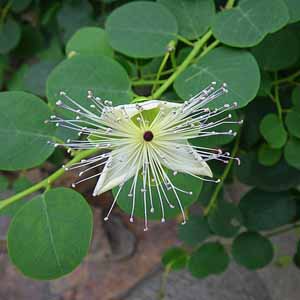 Smart Citations
Smart CitationsSee how this article has been cited at scite.ai
scite shows how a scientific paper has been cited by providing the context of the citation, a classification describing whether it supports, mentions, or contrasts the cited claim, and a label indicating in which section the citation was made.
Evaluation of the total antioxidant capacity of Oliveria decumbens and Capparis spinosa
The anti-oxidative potential of extracts from two Iranian medicinal plants, Oliveria decumbens and Capparis spinosa, is assessed in this study. The Oliveria genus is part of the Apiaceae family and contains only one species, O. decumbensVent. Capers are either wild or cultivated plants that are found in many tropical and subtropical countries. Oliveria decumbens and Capparis spinosa aerial parts were dried and ground. The herbal solution was then created by combining herbal powder and methanol. Finally, the total antioxidant capacity of the plants was determined using the Ferric Iron Reducing Antioxidant Power (FRAP) assay and the ELISA reader at 570 nm. The total antioxidant capacities of O. decumbens, C. spinosa fruit, and C. spinosa leaves, respectively, were 3.82 mmol Fe2+/L, 1.96 mmol Fe2+/L, and 1.65 mmol Fe2+/L. These plants' essential oils are secondary metabolites that are widely used in the food, pharmaceutical, and health industries as antioxidant and antimicrobial compounds. In general, the traditional Iranian edible plants studied are good sources of natural antioxidant compounds.
Downloads
How to Cite

This work is licensed under a Creative Commons Attribution-NonCommercial 4.0 International License.
PAGEPress has chosen to apply the Creative Commons Attribution NonCommercial 4.0 International License (CC BY-NC 4.0) to all manuscripts to be published.

 https://doi.org/10.4081/jbr.2022.10644
https://doi.org/10.4081/jbr.2022.10644





